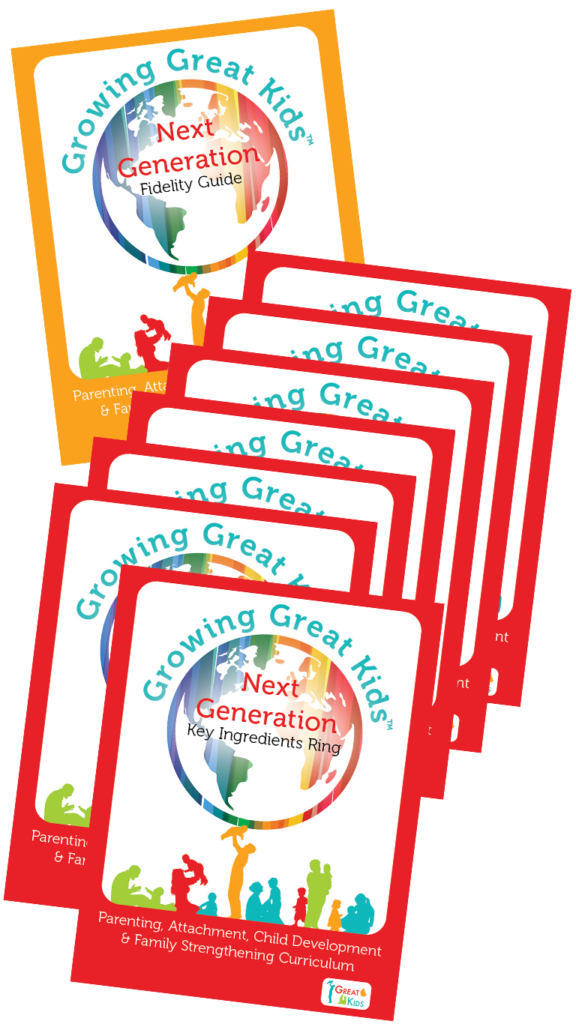Today’s blog is devoted to Documentation – one of the most important tasks of our day-to-day responsibilities. Each of us takes on this task with different attitudes, feelings, and even with varying levels of personal commitment and accountability. Those variations are impacted by multiple factors ranging from professional writing skills all the way to the reflective process involving documentation of families’ progress and challenges. This post will highlight some research around the evolution of documentation and present practical tips to make documentation accurate and less time consuming. We will conclude with a few strategies on how to get back on track, for those who are struggling with staying on top of documentation.
Let’s start our discussion with why programs require documentation and data collection. It’s simple! A programs’ collection and analysis of data are essential for monitoring program implementation, quality, effectiveness, and ultimately their ability to sustain and expand funding opportunities. Even though every home visiting model varies in design, target population, service approach, and even staff education requirements, they allrequire staff to produce documentation. This includes reporting on 1) services provided, 2) family progress and challenges, 3) utilization of assessments and interventions, 4) use of curriculum and educational materials, and 5) referrals and advocacy efforts. Individual programmatic or funding standards may also require various other outcomes and accountability measures.
Like everything else, documentation requirements have evolved over time. In 2005, Dr. Frederic G. Reamer, Professor in the graduate program of the School of Social Work at Rhode Island College wrote an article on the evolution of documentation in Social Work. He indicates that case documentation not only supports delivery of services to individuals, families, couples, and small groups, but it increasingly has new applications in keeping with our changing environment. He states that traditionally documentation helped practitioners coordinate and evaluate service needs and delivery. Nowadays, documentation is also viewed as a liability shield and risk-management tool concerning clinical, supervisory, managerial and administrative matters (Reamer, 2005, p.325). He points out that technological innovations have made possible the availability of computerized records, but this benefit has also opened doors for potential problems related to privacy and unauthorized access to information. He indicates that the combination of all these new changes has resulted in a growing appreciation for developing standards related to privacy, ethics and quality of documentation.
Now let’s discuss how we can make documentation, particularly home visit notes, more manageable, concise, and time efficient. Here are a few practical tips:
- Schedule 15-20 minutes for completion of the home visit note. Also, build in time for any other documentation form/tool/screening that needs to be completed. Documentation takes time, and we need to plan for it.
- Carry a folder with “clean” home visit forms so that you have immediate access to templates. If you complete electronic home visit notes, create an electronic folder which you can access easily between visits. Down time between visits is a perfect time to complete your documentation!
- Organize a forms packet per family (screening tools, consents, referral forms, etc.). This way you will have all needed forms in one spot reducing the time to organize paperwork and the tracking of completion dates.
- Too much content, too little content? Find a balance. In general, home visit notes should reflect observations made around the parent-child relationship, use of interventions, tools, use of curriculum and child development activities, family progress towards goals and areas of interests, etc. Information should be concise but clear, factual, legible, and timely. In summary, record your observations, the family’s progress and current challenges and what you did to support the growth of parenting and life skills.
- Don’t procrastinate or delay documentation; it can compromise the credibility of your work. Remember that in a monitor’s eyes, if your work hasn’t been documented, it hasn’t happened!
- Become familiar with your program’s or organization’s expectations about documentation completion.
- Seek feedback from your supervisor on your documentation and consider any recommendations offered or provided in supervision.
If you get behind on documentation, developing a plan of action to bring yourself up to date would be a good starting point. Your supervisor might also be helpful in providing some suggestions and exploring available training opportunities to help you enhance your time management, organizational skills, or writing skills.
At Great Kids Inc. we strongly believe in this phrase “when we understand the ‘why’, the ‘how’ becomes easy.” We hope that by learning today ‘why’ documentation is so critical for prevention services to sustain and expand services to more vulnerable families , would make the ‘how’ to produce timely and accurate documentation a little bit easier.
Works Cited:
Reamer, F. G. (2005). Documentation in Social Work: Evolving ethical and risk-management standards. Social Work, 50(4), 325-34. Retrieved from http://search.proquest.com/docview/215270130?accountid=458

